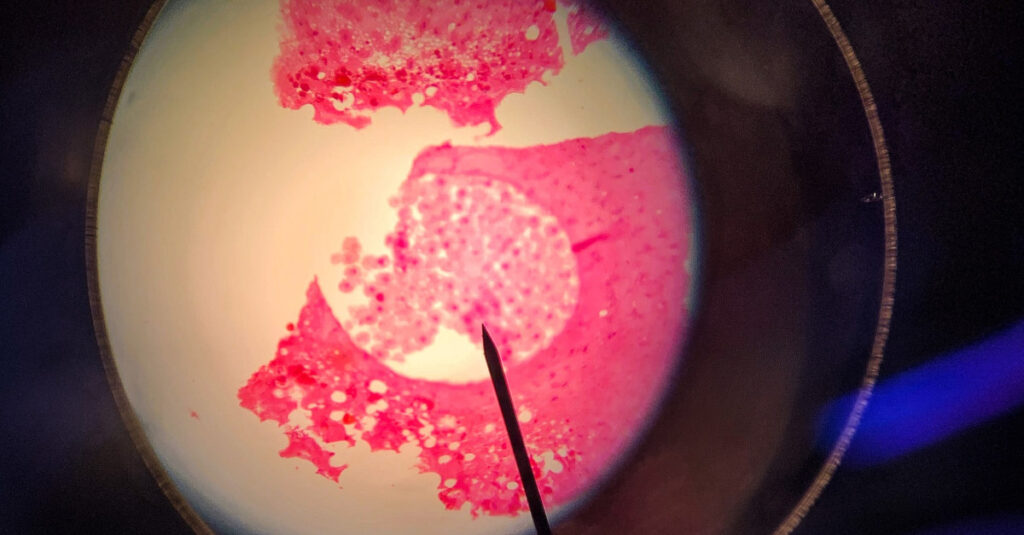Johns Hopkins Medicine researchers with specialties in aging have successfully administered a blood pressure medication to the inner membranes of mitochondria, the “power plants” of human, animal, and plant cells. In the study, researchers used lab-grown cells to grow cells.
Researchers have long sought ways to deliver drugs directly to the mitochondria because mitochondria play a role in almost every biological process, including natural cell death and aging. Decreased organ function and frailty are closely associated with changes in mitochondrial activity and pathways. Scientists have found it difficult to penetrate the inner membrane of mitochondria due to the double-membrane structure.
New research by Dr Peter Abadir, associate professor of geriatric medicine and gerontology, Johns Hopkins University School of Medicine, describes a method for transporting oxygen and other chemicals into mitochondria by hijacking a system already employed by mitochondria.
We can use the body’s natural mitochondrial transport system to deliver drugs much more precisely
Peter Abadir, M.D., geriatric medicine and gerontology, Johns Hopkins University School of Medicine
Three naturally occurring transport proteins that interact with mitochondria were synthesized in the lab for the study. To determine which of these three proteins had the highest success rate in penetrating the mitochondrial inner membrane, researchers fused a commonly prescribed blood pressure medication (losartan) to each of them. In separate trials, these fused proteins, referred to as mtLOS1, mtLOS2 and mtLOS3, transported losartan directly into the mitochondria at a concentration significantly higher than when free losartan was not fused to the transport protein. This could be seen under a microscope using florescence.






